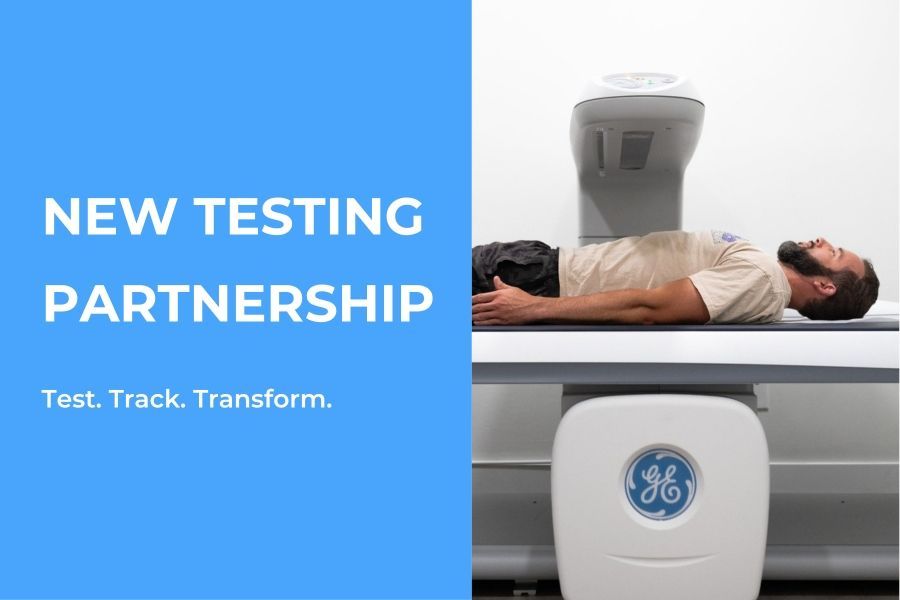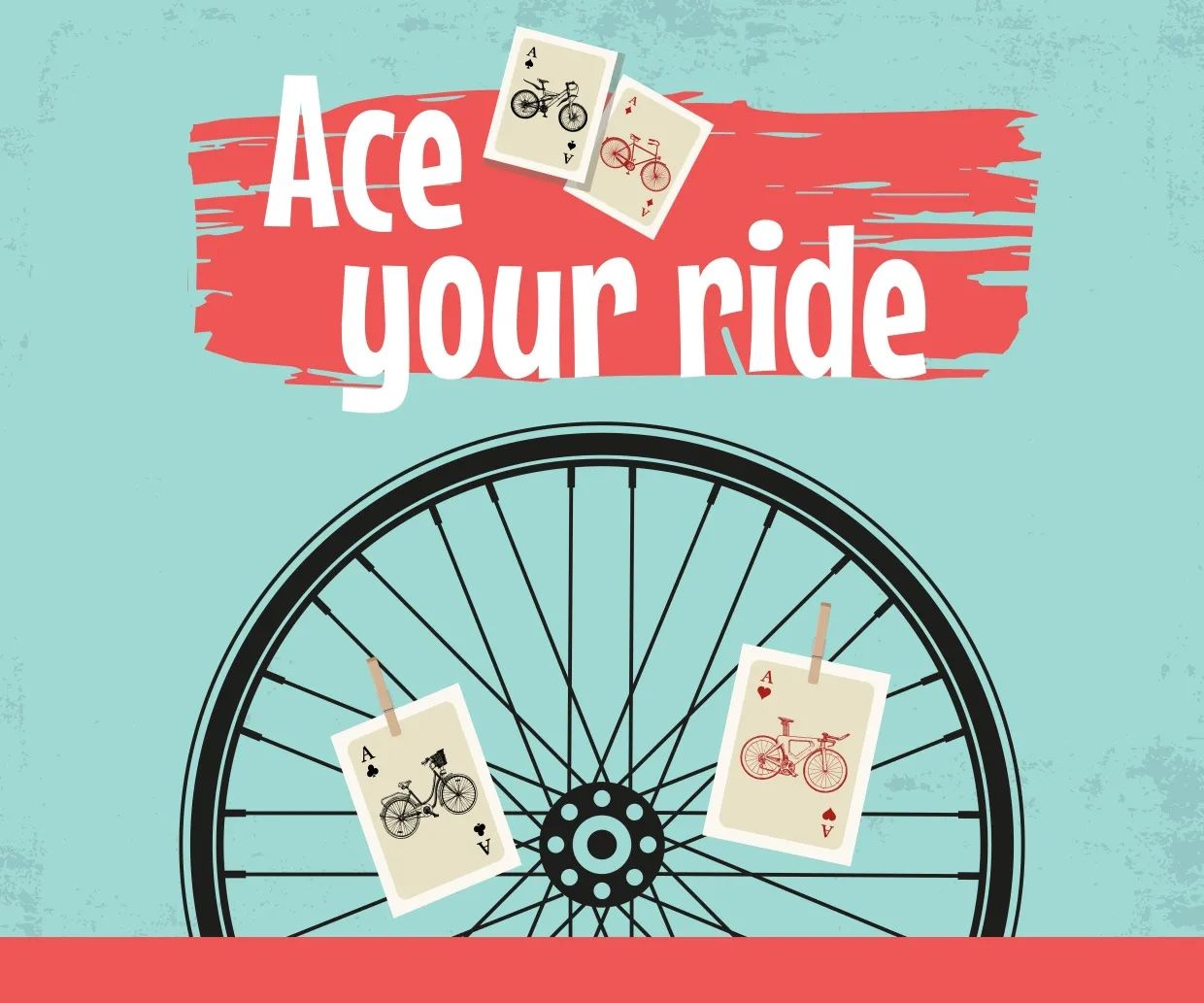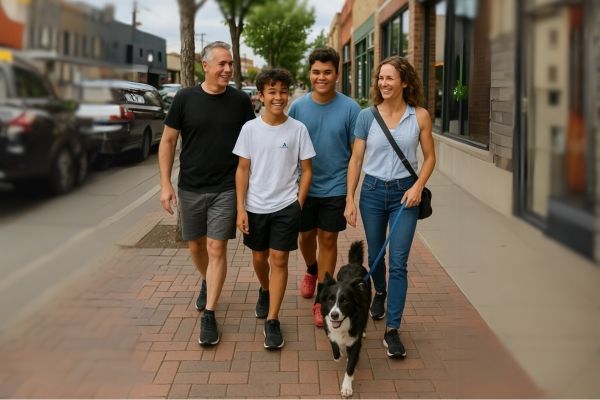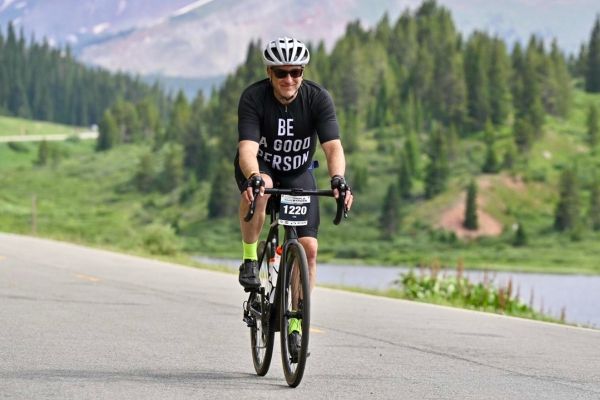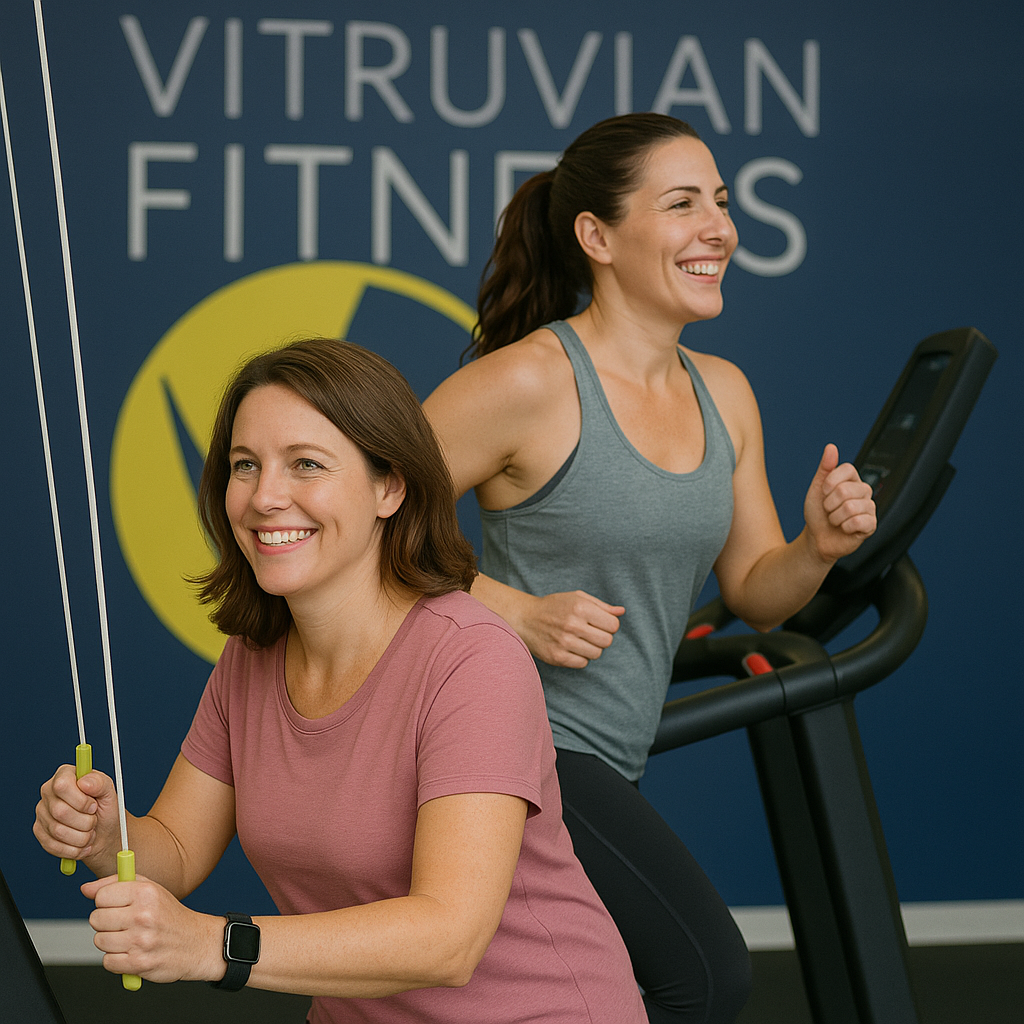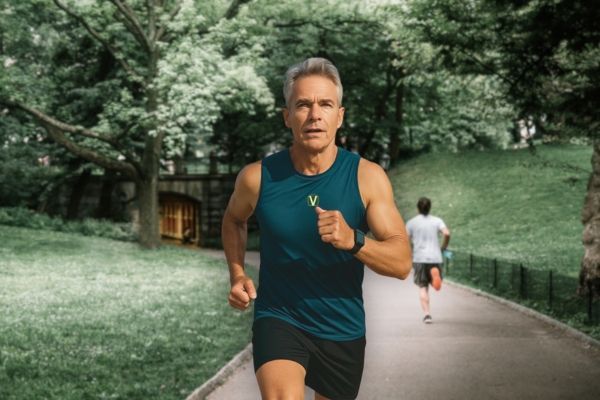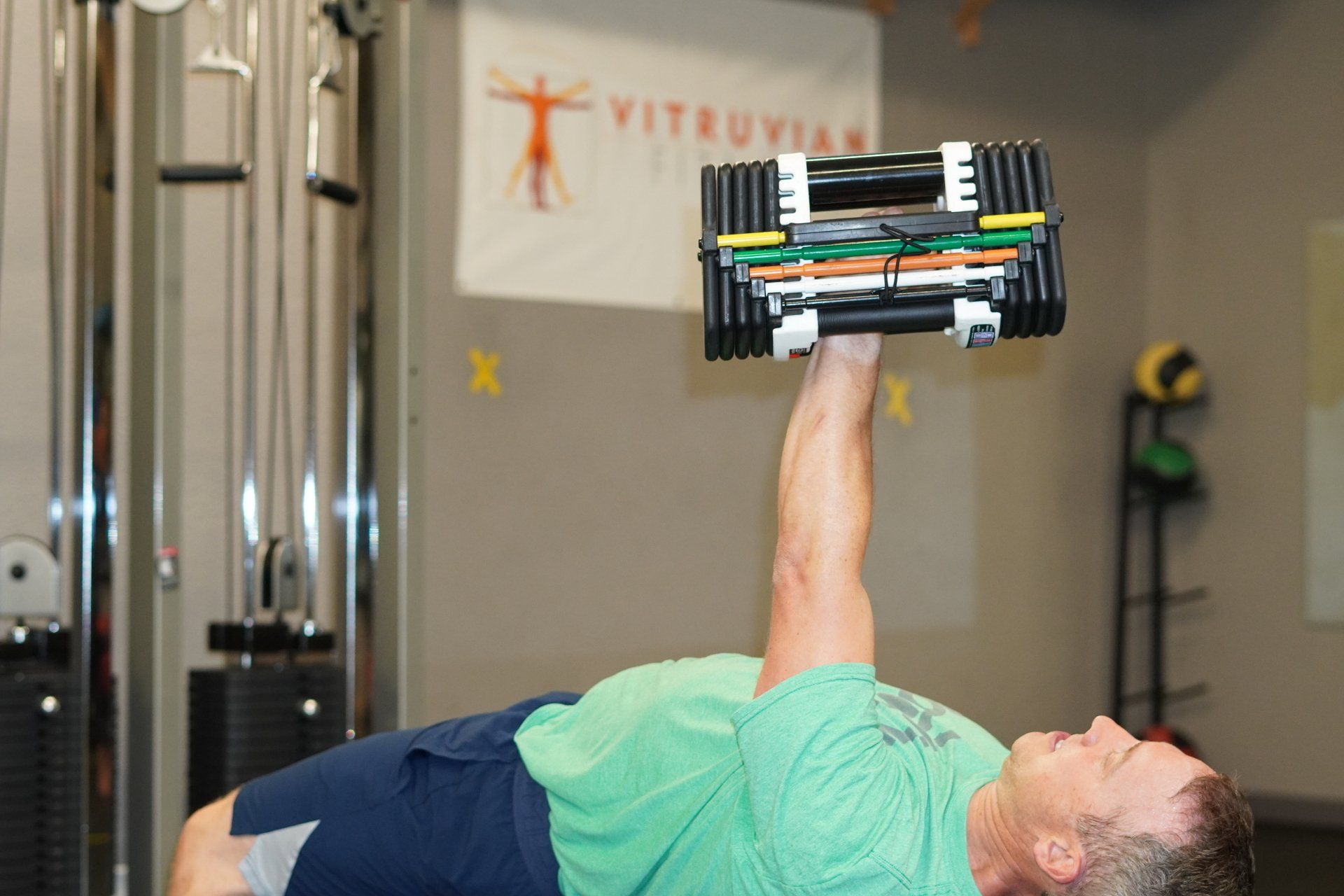Improve Your Bone Density and Good Looks with Exercise
In this article, let’s talk about osteoporosis and its milder version, osteopenia. Osteoporosis is the condition when one’s bones become weak and brittle. It’s most common in post-menopausal women but younger women and men can be at risk as well. Smoking, excessive alcohol consumption, some medications, family history and eating disorders are some of the other risk factors that can lead to lower bone density and eventually osteoporosis.
If you’re at risk, it’s important to discuss your bone density with your doctor. Simple tests will set your mind at ease or confirm this is something to work on. If you’ve already been diagnosed, you’ve likely been given a treatment plan that may include changes to your diet, supplements, prescription medications and exercise. It’s this last part of a treatment plan that may have some of the most pleasant side effects and potentially, make or break the success of the plan overall.
An exercise prescription for osteoporosis has a lot in common with most other strength-based training programs which means that you don’t need to be stuck in a boring stick-in-the-mud program that isn’t any fun. After establishing what you can do well and what needs improvement, appropriate weight-bearing exercises are prescribed. These are exercises involving foot-contact with the ground like hiking, jogging and dancing. Unfortunately, swimming and cycling don’t count but they are fun and you should do them too if you can.
Strength training comes next. A total body strength program with increasingly challenging resistance will get you stronger and build confidence and competence. When ready, add jumping, agility drills and other plyometric activities.
The main benefit of exercising if you’re at risk of or have osteoporosis is that it’s scientifically proven to increase bone density. Moderate intensity and higher intensity exercise sessions work best in combination to improve bone mass. This is due to the specific stresses placed directly on the bones combined with the hormonal impact of the higher intensity work. Doing this type of exercise 3 to 5 days per week can make a significant impact in as little as 6 to 12 months.
As mentioned, there are many other positive side effects to the exercise portion of an osteoporosis treatment plan. Everyone can expect to improve balance and agility, activities of daily living, recreational activities, sleep, appetite and mood. It might even make you better looking and more interesting at parties! And isn’t that the point of it all?
You might also enjoy these posts . . .
